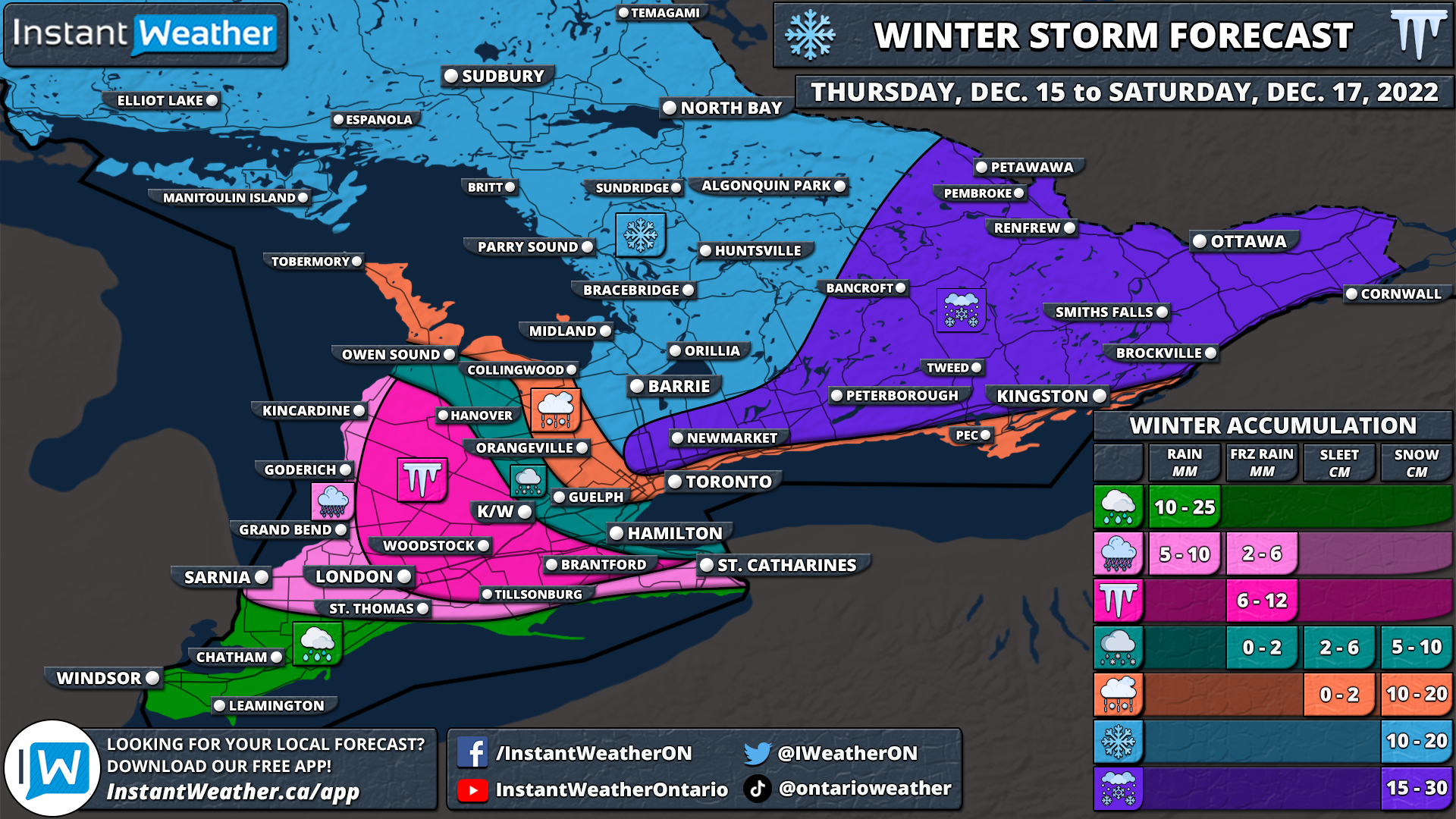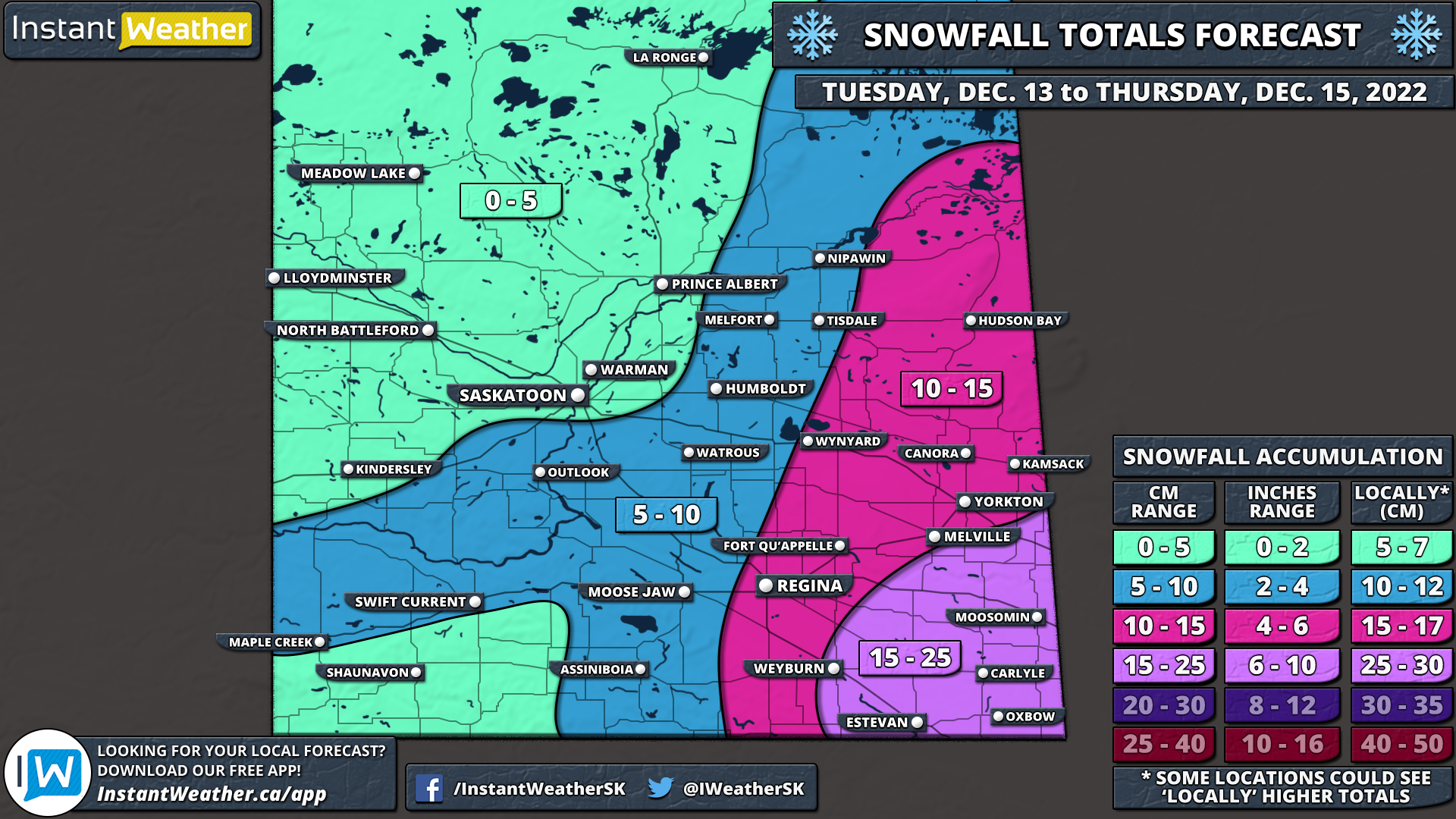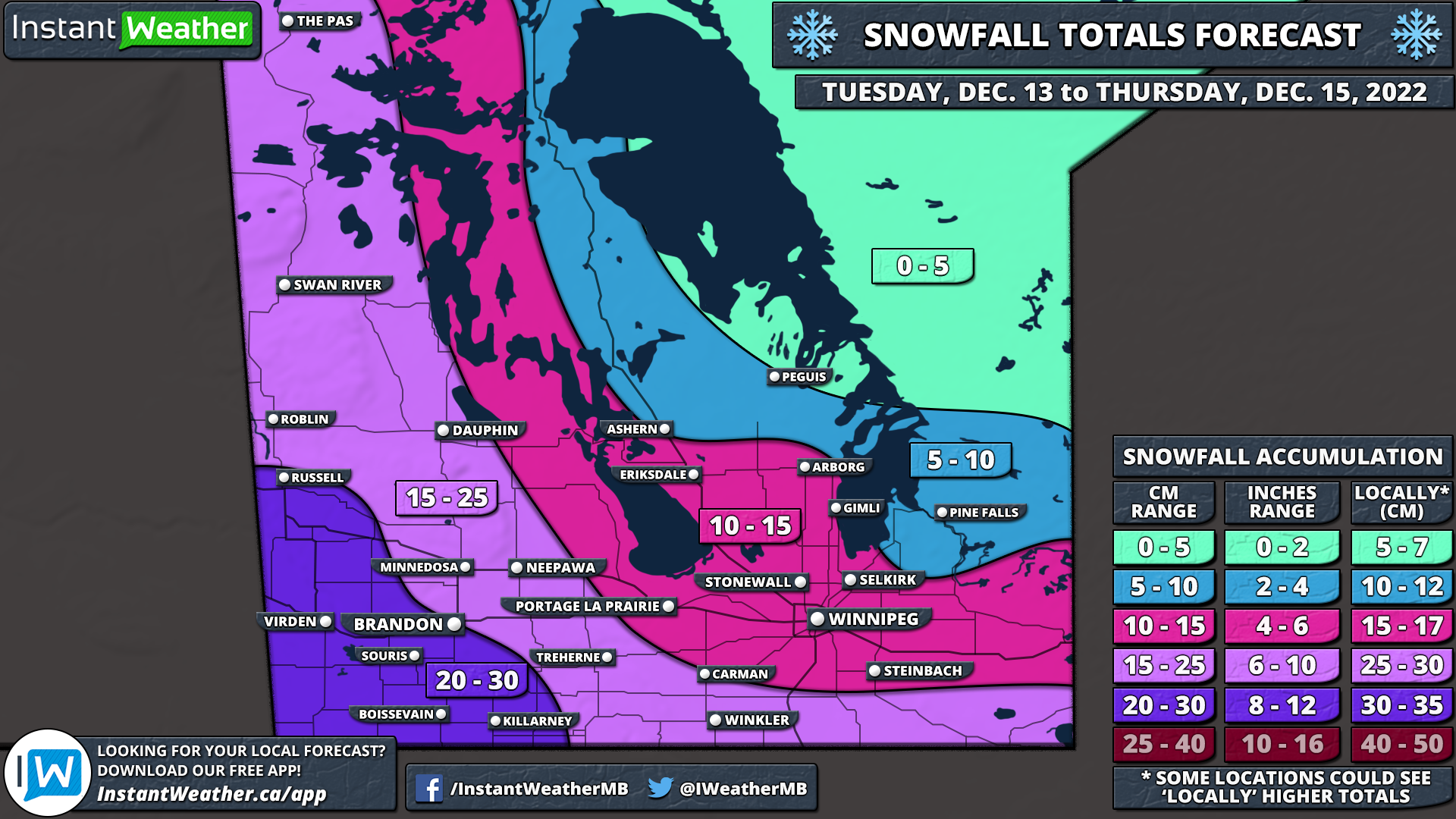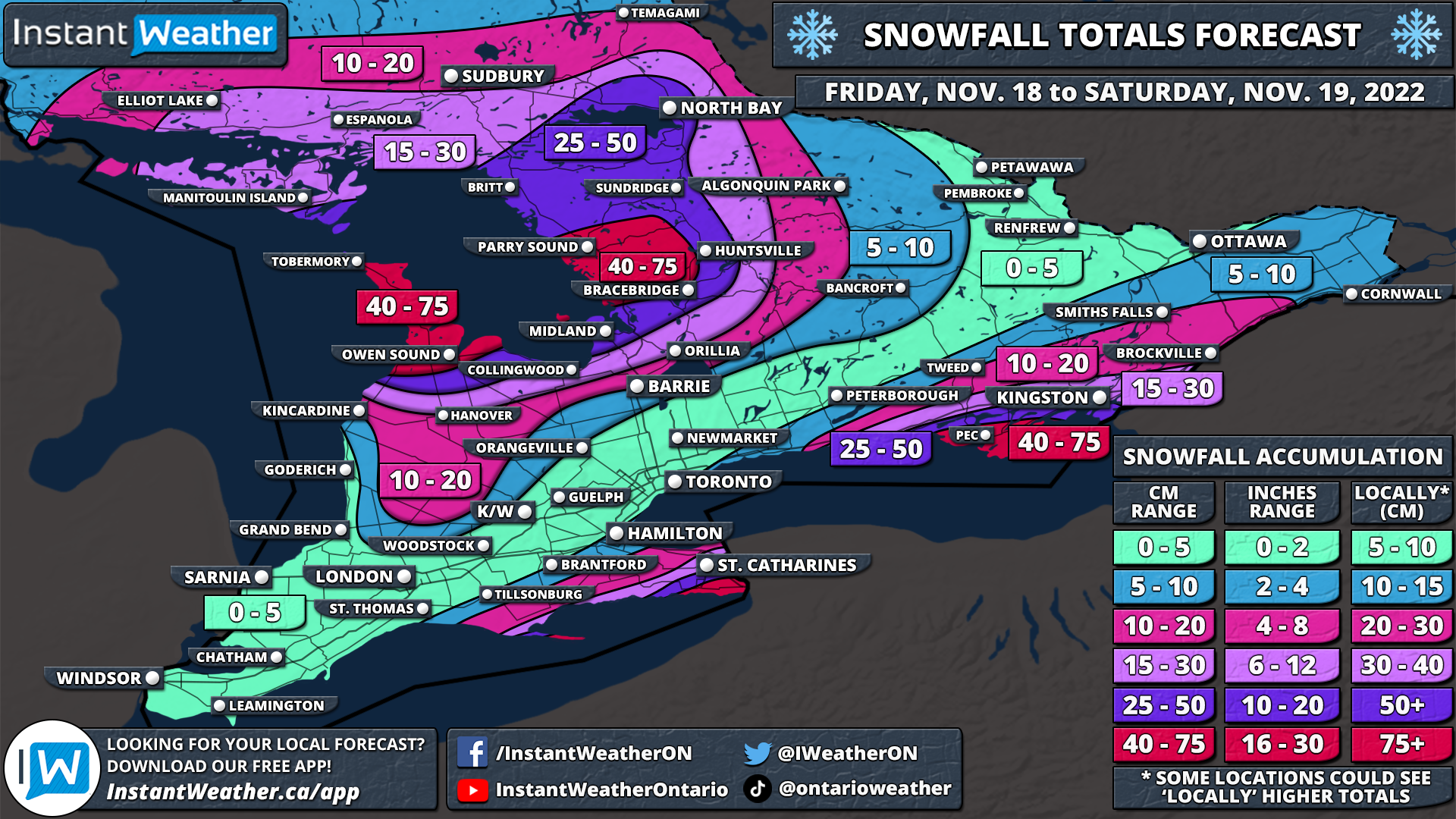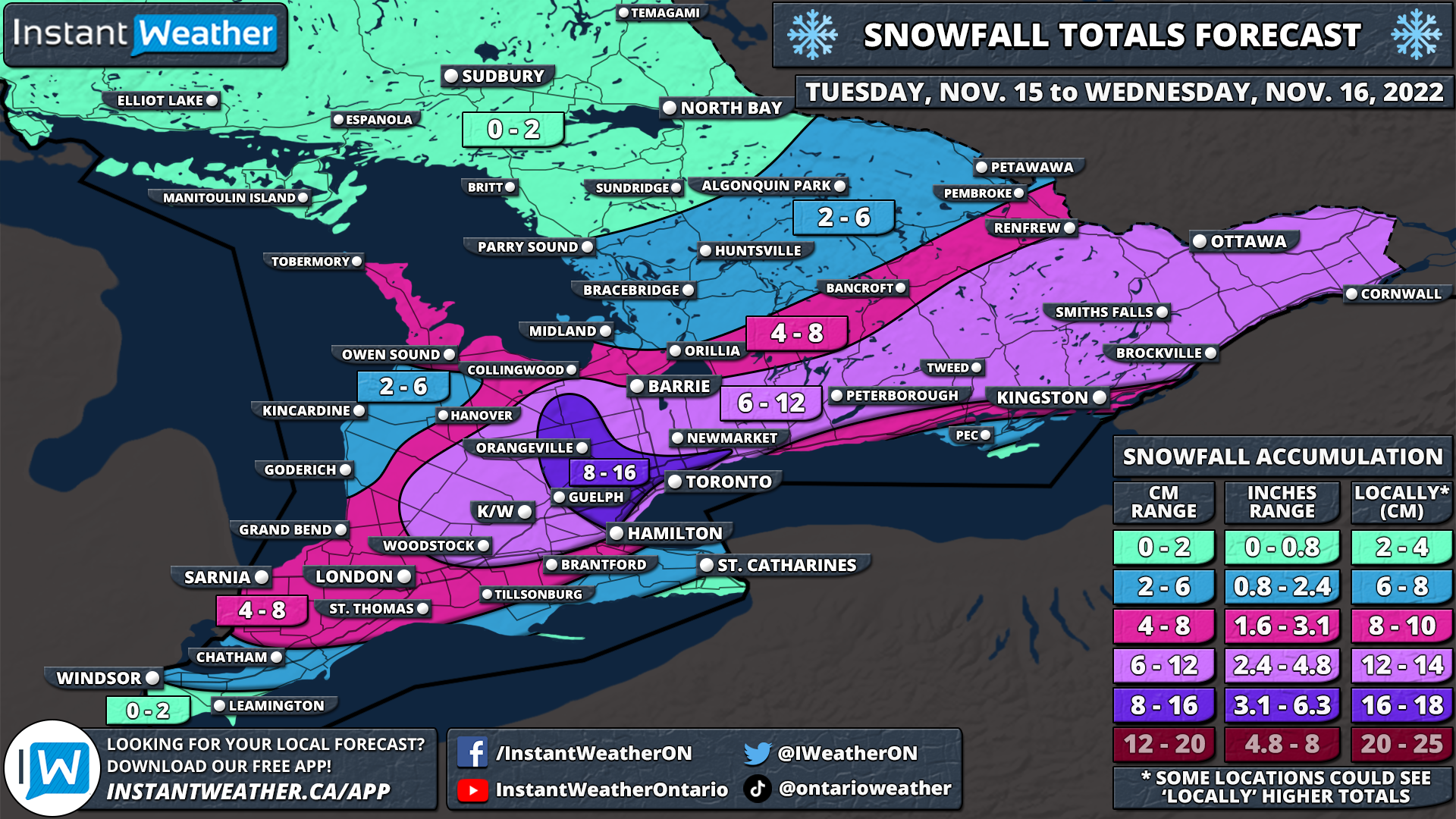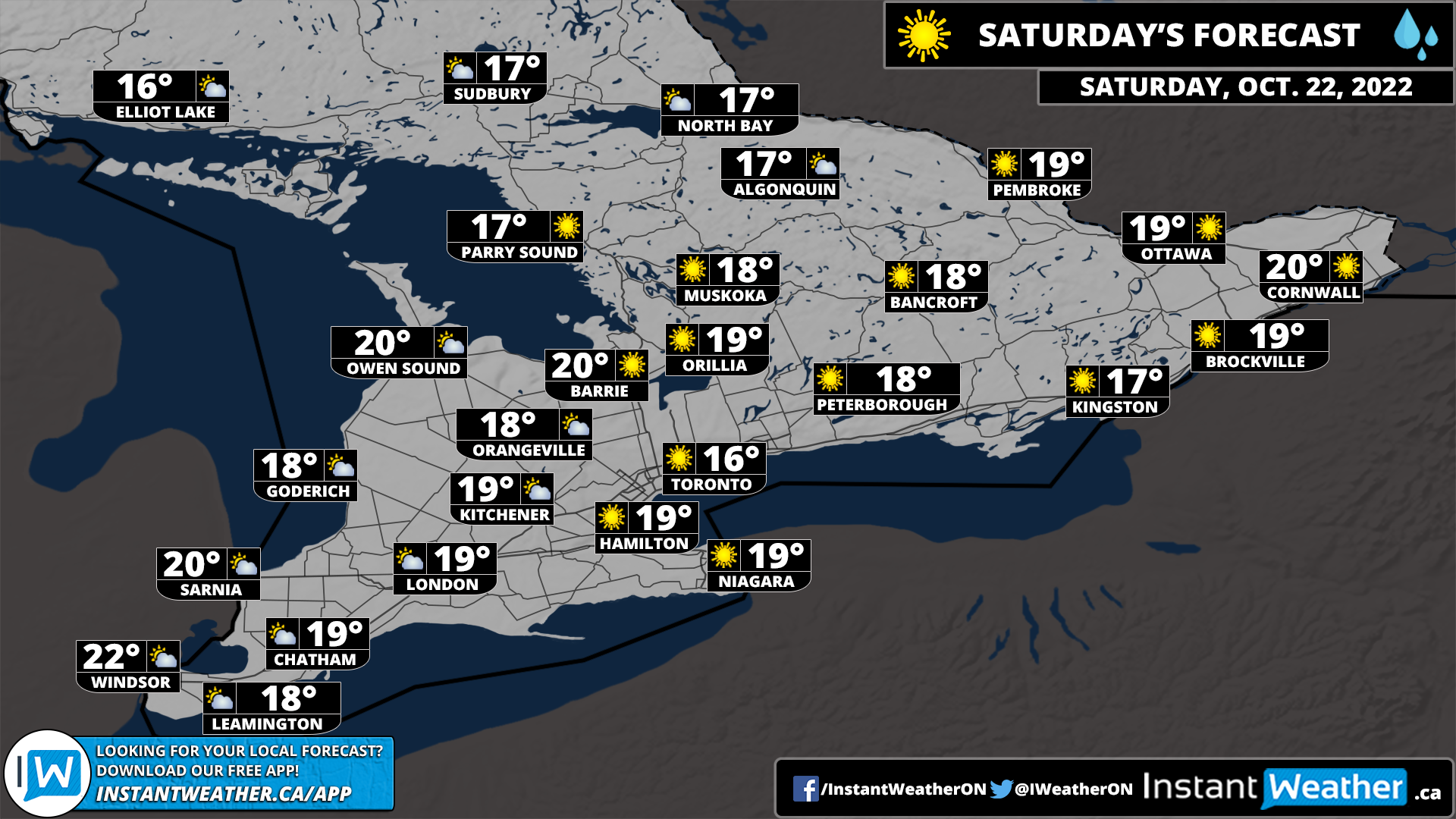Freezing Rain Risk Threatens to Disrupt the Tuesday Morning Commute Across Southern Ontario
/Here is an advertisement so we can pay the bills:
The weather story across Southern Ontario throughout the weekend has been dominated by what most would consider as ‘perfect’ winter weather. While the temperature was colder than we’ve been used to this winter, it was accompanied by a rare sight - the sun! As we start the week, our attention will turn to the potential for freezing rain starting early Tuesday morning and lingering throughout the afternoon.
The overall severity of this freezing rain event is expected to be fairly minor with 2-4mm of ice accretion at most. However, the main concern will be because of the timing as it collides with the busy morning commute throughout the GTA. This is certainly enough ice to create slick driving conditions out on the roads, especially on untreated surfaces. As a result, expect travel delays on Tuesday and potentially even some school bus cancellations.
We will start to see patchy freezing rain move into our region just after midnight starting with Southwestern Ontario as it slowly progresses to the northeast. Locations such as London and parts of Grey-Bruce counties could see a few hours of freezing rain before switching over to rain. Those closest to the Lake Huron shoreline and the Windsor/Chatham region should remain above the freezing mark throughout this event.
By the mid-morning hour just before dawn, an expansive band of freezing rain is expected to stretch through Kitchener-Waterloo and across the GTA. Several hours of freezing rain lingering into the late morning hours is likely, especially in higher elevations like Guelph and Orangeville. Freezing rain will transition to rain by the noon hour with those closest to the shoreline such as Downtown Toronto seeing a quicker switchover. Total accretion of a few millimetres is possible away from the lakeshore.
The heaviest freezing rain is expected across southern parts of Central and Eastern Ontario including Barrie, Muskoka, Peterborough and Kingston. Freezing rain will start by the late morning with the worst conditions during the early afternoon. This is where we believe that some regions will pick up more than just a glazing of ice with up to 5mm of accretion possible. Those in the Ottawa Valley will see the freezing rain start later in the afternoon and lingering into the evening and will be overall lighter so accretion will remain under 2mm.
Precipitation will come to an end by the evening across Southern Ontario although scattered flurries may continue overnight into Wednesday as temperatures hover around the freezing mark. More messy weather is possible to end off the week on Thursday and Friday with another system bringing the risk of freezing rain and accumulating snow. More details on that in the coming days as we get closer.
Here is another advertisement so we can pay the bills:



























